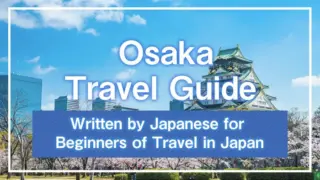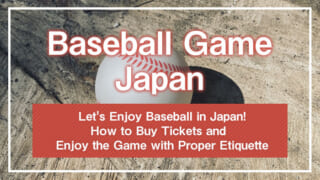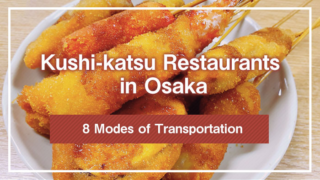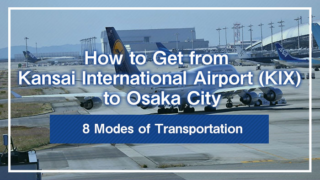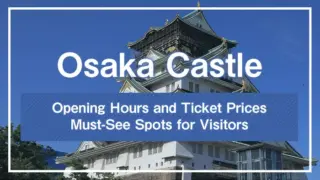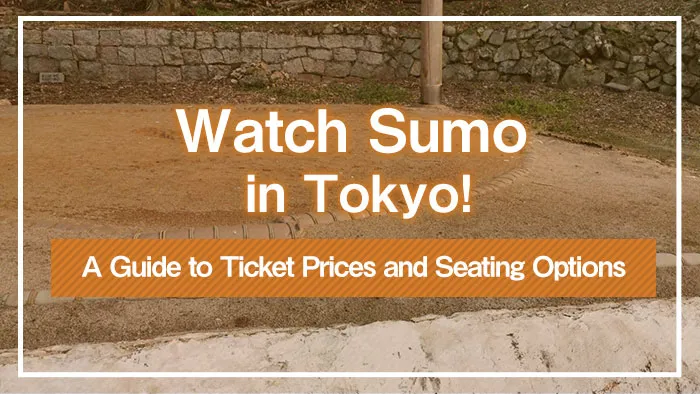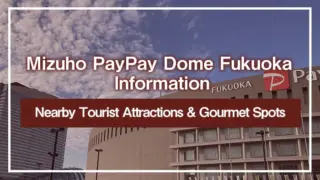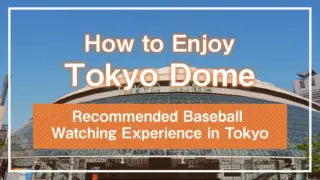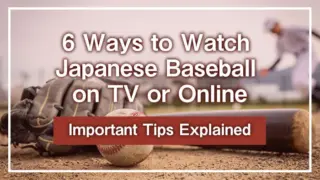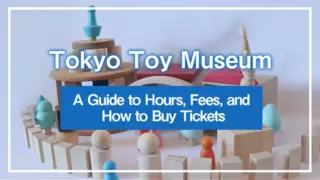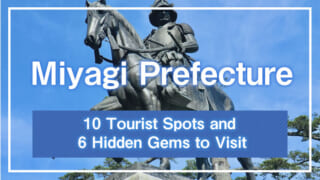Sumo, one of Japan’s traditional cultural treasures, is beloved by fans both in Japan and around the world. In Tokyo, there are countless opportunities to enjoy sumo wrestling, especially at the Ryogoku Kokugikan, which hosts major tournaments. However, those new to sumo may find it challenging to figure out how to purchase tickets, choose among seating options, or maximize their enjoyment of the experience.
This article provides everything you need to know to enjoy sumo wrestling in Tokyo, from basic information to details about ticket prices, seating types, and even how to observe sumo wrestlers’ morning practice. If you want to dive into the world of sumo, read on!
1.Enjoy Sumo in Tokyo!
Watching a sumo match is a unique cultural experience that lets you feel the depth of Japan’s traditions. The powerful bouts between wrestlers and the distinct atmosphere make for a memorable event. Below is a guide to help you fully enjoy sumo in Tokyo.
1-1.Location
The Tokyo sumo tournaments are held at the historic Ryogoku Kokugikan, often referred to as the spiritual home of sumo. This venue, built in the early Showa era, is steeped in history and tradition, with an electric atmosphere that enhances the excitement of sumo.
Ryogoku Kokugikan is conveniently located in Ryogoku, Sumida City, Tokyo, just a one-minute walk from JR Ryogoku Station. Its central location draws visitors from across Japan and around the world.
Inside the Kokugikan, seating surrounds the dohyo (sumo ring), creating an immersive space where you can feel the wrestlers’ intensity and the crowd’s cheers up close. From the ring announcer’s calls to the wrestlers’ grand entrances, you’ll have plenty of chances to witness the action up close.
1-2.Schedule
Tokyo hosts sumo tournaments three times a year in January, May, and September, providing excellent opportunities to see the wrestlers in action.
Below is the schedule for the 2025 Tokyo tournaments:
2025 Tokyo Sumo Tournament Schedule
January Tournament: January 12 (Sun) – January 26 (Sun)
May Tournament: May 11 (Sun) – May 25 (Sun)
September Tournament: September 14 (Sun) – September 28 (Sun)
When booking tickets, be sure to keep these dates in mind. High-demand days, such as matches featuring star wrestlers or the final day of the tournament (senshuraku), sell out quickly, so early reservations are recommended.
2. Sumo Ticket Prices and Seating Types
Sumo seating options range from the premium tamari seats (ringside) to masu (box seats), standard chairs, and private box seats. Each has its own characteristics, and understanding these can help you select the best option for your budget and preferred viewing style.
2-1.Tamari Seats (Ringside Seats)
Price: ¥20,000 per person (all days)
For the ultimate sumo experience, tamari seats (commonly known as “ringside seats”) are the way to go. These cushion-only seats are located directly adjacent to the dohyo, offering unmatched proximity to the action. You’ll feel like you’re in the ring itself, immersed in the wrestlers’ explosive clashes.
Note that tamari seats come with restrictions: they’re only available to spectators aged 16 and older, and bringing in hazardous items, eating and drinking, or using phones and cameras is prohibited. However, the intimate atmosphere, where you can even feel the wrestlers’ sweat and breath, is unparalleled.
2-2.Masu Seats (Box Seats)
Price:
Weekends/Holidays: ¥15,000 per person (Masu S seat)
Weekdays: ¥14,000 per person (Masu S seat)
Masu seats are square box-style seating areas accommodating 1 to 4 people. These traditional seats, arranged around the dohyo, provide an authentic sumo-viewing experience.
Situated relatively close to the ring, masu seats allow spectators to fully appreciate the intensity of the wrestlers’ matches. The fierce clashes at the edge of the ring are especially thrilling from these seats.
Keep in mind, however, that sitting on cushions in the masu seats requires kneeling, which may lead to leg numbness or discomfort over long periods. Additionally, sharing a box with four people can feel cramped. Still, the traditional setup and atmosphere make this a top choice for sumo enthusiasts.
2-3.Chair Seats
Price:
Weekends/Holidays: ¥9,500 per person (Chair S seat)
Weekdays: ¥9,000 per person (Chair S seat)
For a more comfortable viewing experience, chair seats are a great choice. Located on the second floor of the Kokugikan, these seats are designed for long periods of sitting, offering a relaxing way to enjoy the matches. The elevated position also provides a panoramic view of the ring.
Chair seats come in five categories—S, A, B, C, and D—with prices decreasing as the seats are further from the ring. D seats, located at the very back, are the most affordable but may have limited visibility.
S and A seats, however, strike a good balance between comfort and a clear view of the wrestlers, making them ideal for watching higher-level bouts.
2-4.Box Seats
Price:
4-Person Box Seat: ¥60,000 (per box, all days)
5-Person Box Seat: ¥75,000 (per box, all days)
Box seats are designed with group viewing in mind, offering private seating for 4–5 people. These seats, often reserved for sponsors or special guests, are harder to obtain but perfect for those who want a private and relaxed viewing experience.
Located at the rear of the first floor, box seats provide a broad view of the ring, though the distance from the dohyo makes binoculars helpful. With tables and chairs, box seats allow you to enjoy food and drinks while watching, creating a homey atmosphere.
3.Visit Morning Practice at a Sumo Stable
While watching a match at the Kokugikan is the most popular way to experience sumo, visiting a sumo stable to observe morning practice is an excellent way to dive deeper into the world of sumo. Sumo stables are where wrestlers live, train, and practice together, offering a rare glimpse into their daily lives.
Most sumo stables require advance reservations for morning practice viewings, though some may allow visits by direct inquiry. Check the official website of the stable to see their policies, especially if you want to watch a specific wrestler.
Additionally, some sumo tours offer guided packages that include morning practice viewings and meals, such as a traditional chanko-nabe lunch. Joining a tour with an experienced guide can help you better understand sumo’s customs and traditions.
4.Explore Sumo-Related Facilities in Tokyo
The Ryogoku area around the Kokugikan is home to many attractions related to sumo. Beyond watching matches, exploring the history and culture of sumo at these facilities is another great way to enhance your experience.
4-1.Sumo Museum
The Sumo Museum is a must-visit for anyone interested in the history and culture of sumo. Its exhibits include ukiyo-e prints, wrestler rankings (banzuke), ceremonial aprons (kesho-mawashi), and other invaluable artifacts that shed light on sumo’s rich traditions.
The museum also hosts special events, such as talks by active wrestlers and exhibitions of rare items, making it an exciting destination for sumo fans.
4-2. Nomino Sukune Shrine
Nomino Sukune Shrine is a sacred site closely linked to the origins of sumo. It enshrines Nomino Sukune, a legendary figure credited as the “god of sumo,” and is widely revered by wrestlers. On tournament days, the shrine even offers “wrestler omikuji” fortune slips, which are a popular draw for visitors.
Set in a tranquil environment, the shrine offers a peaceful retreat from the city’s bustle and is an ideal place to connect with the spiritual side of sumo.
Conclusion
Watching sumo in Tokyo is a fantastic way to experience Japanese tradition up close. This article has provided essential information on venues, schedules, ticket prices, and seating types, as well as how to observe morning practices and visit related attractions.
By combining match viewing with visits to nearby facilities and cultural experiences, you can immerse yourself in the world of sumo for a deeper, more memorable experience. Why not take this opportunity to explore the fascinating world of sumo?
*This article is based on information available as of November 2024.

